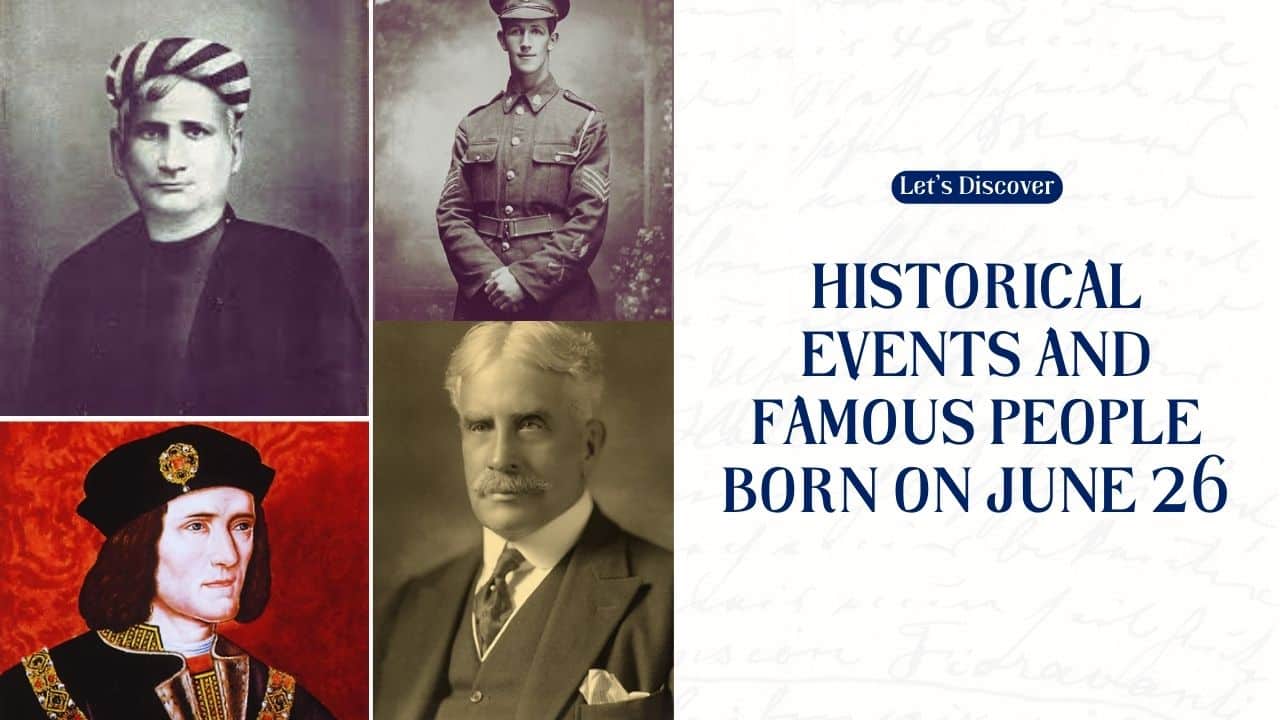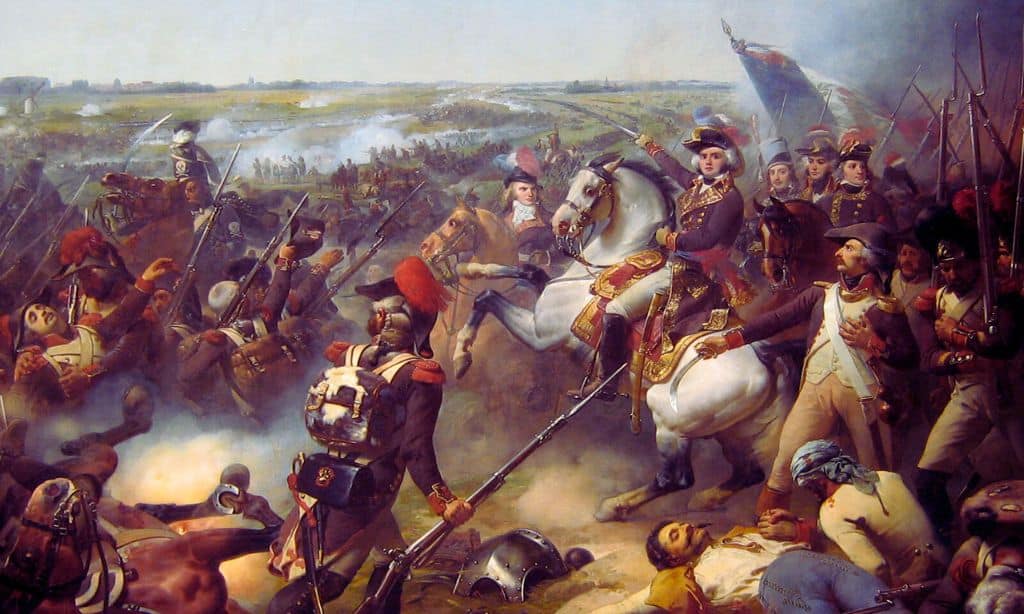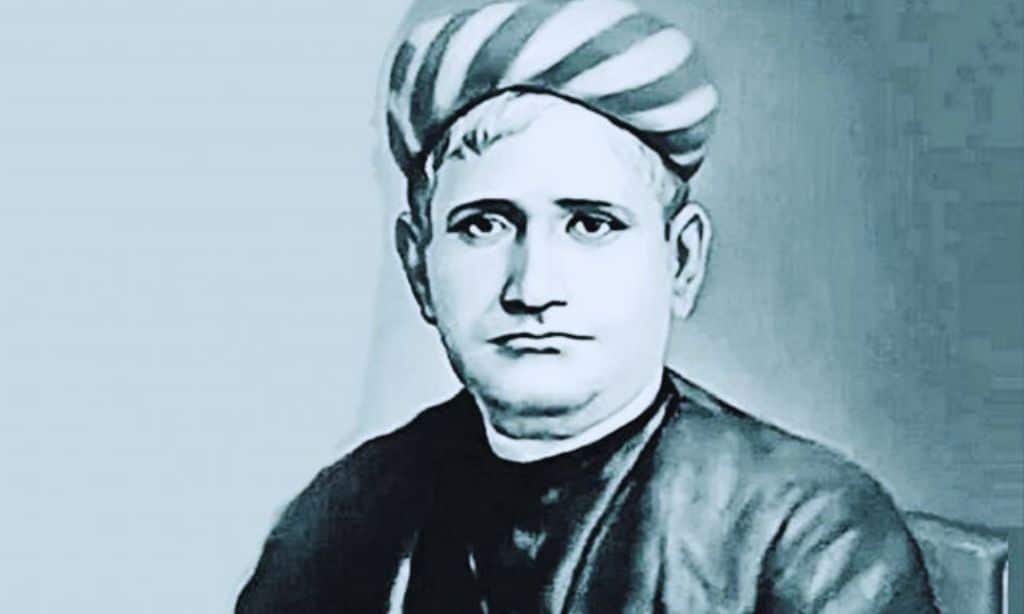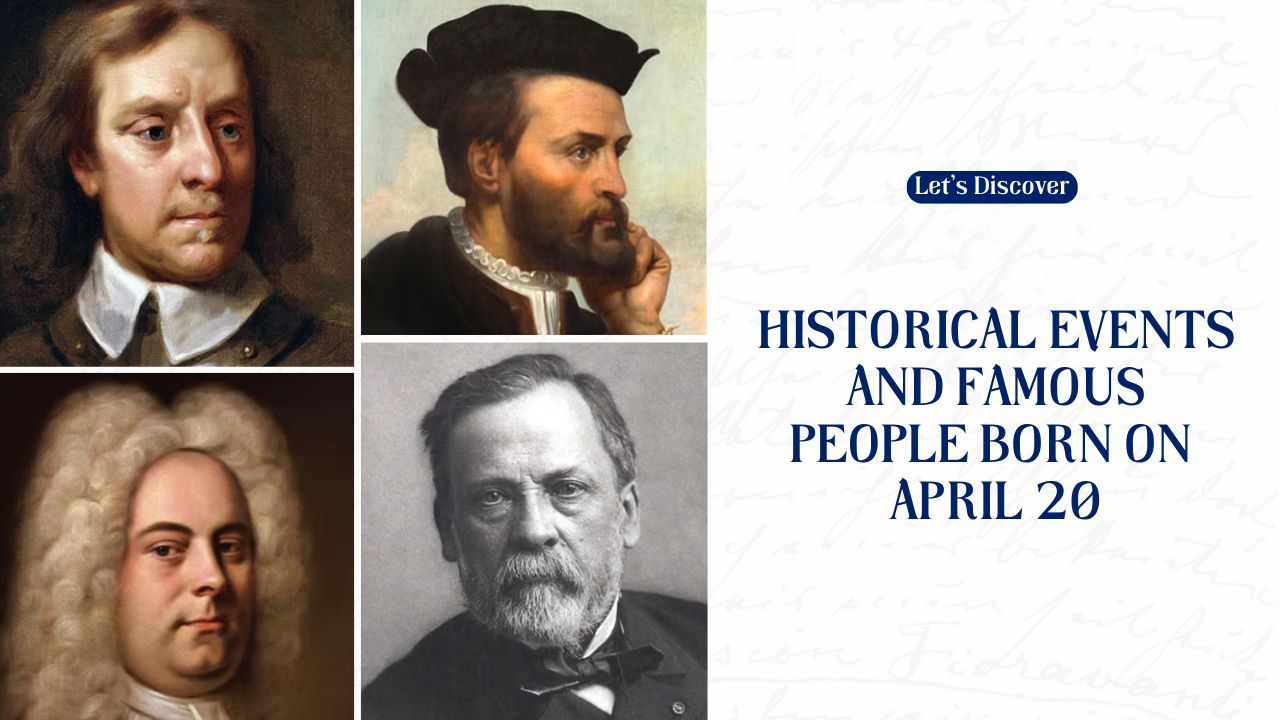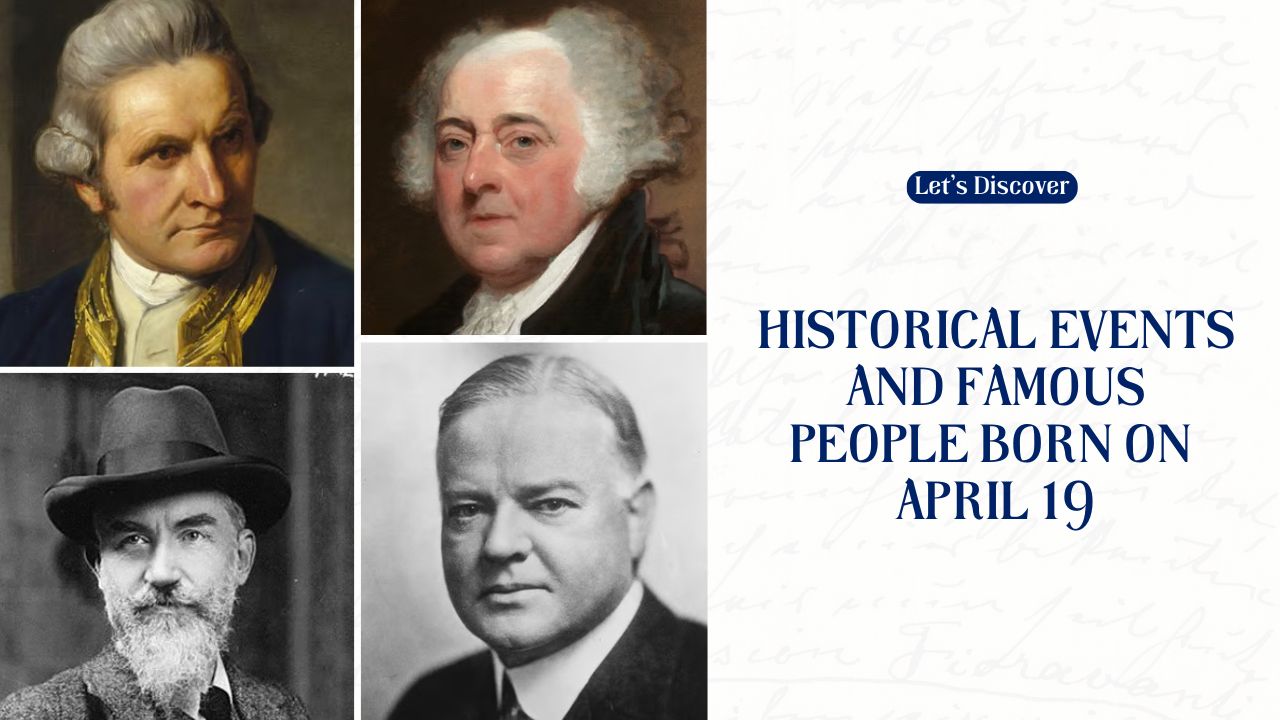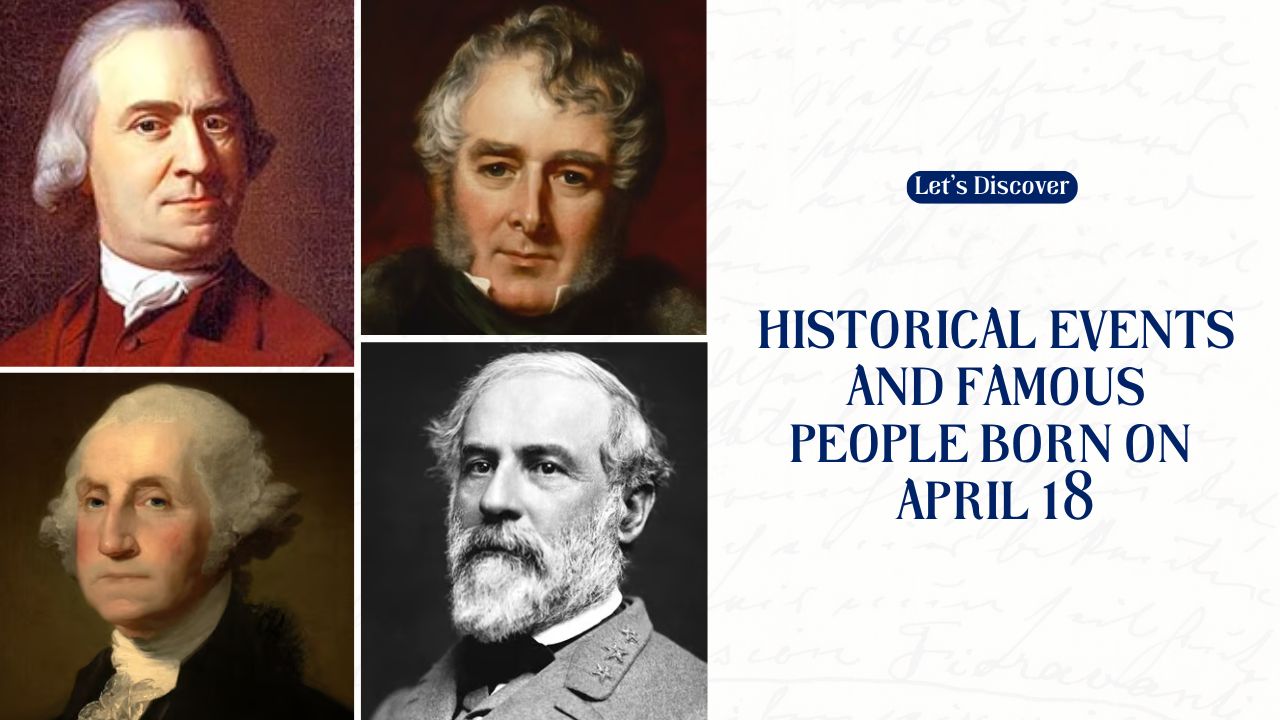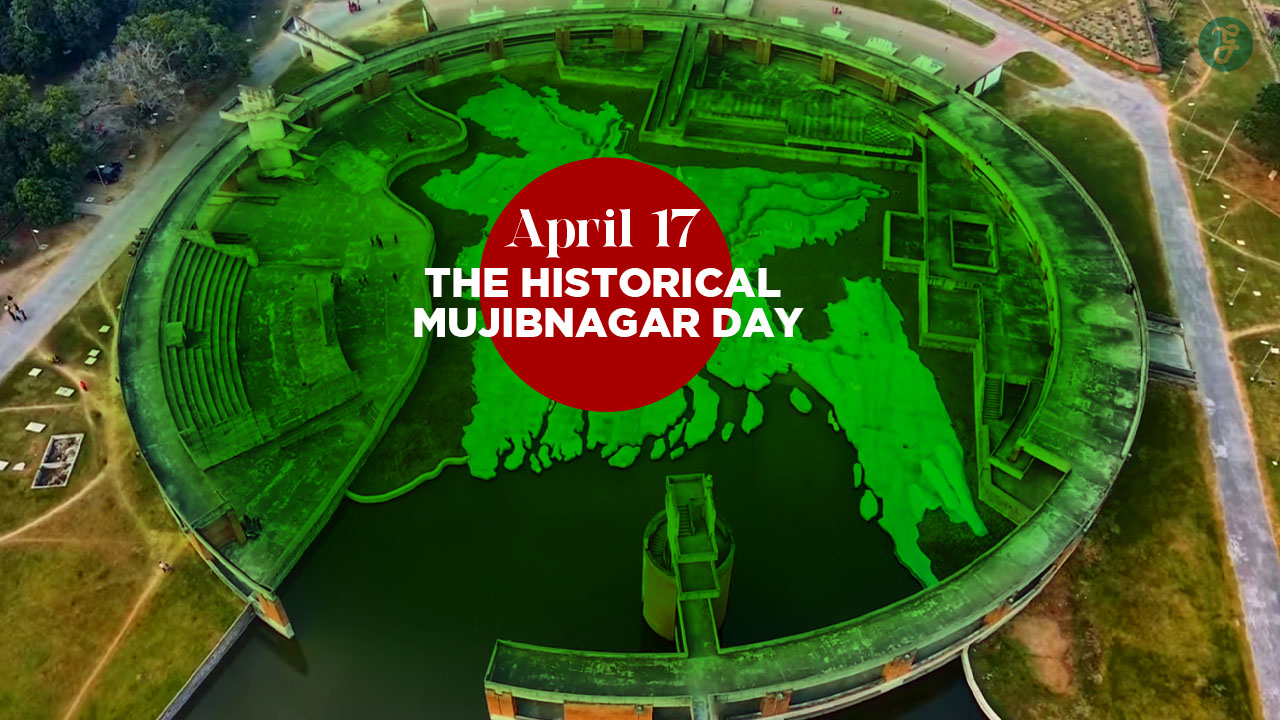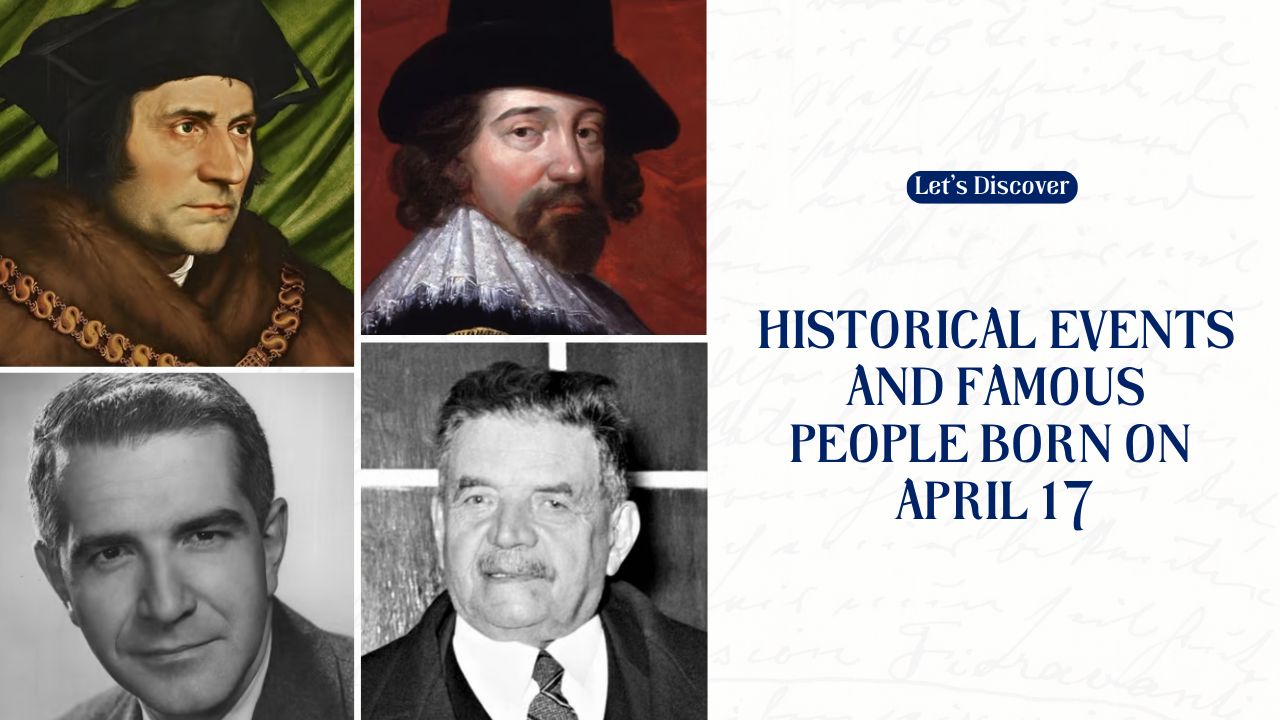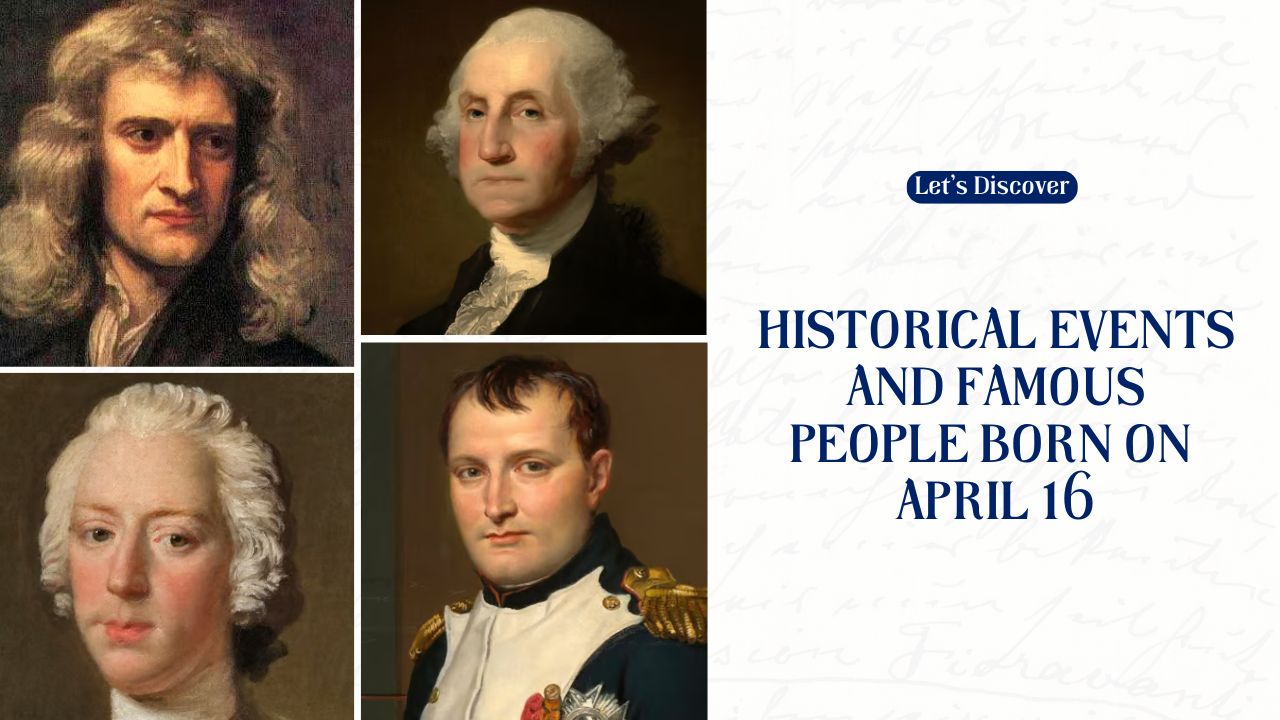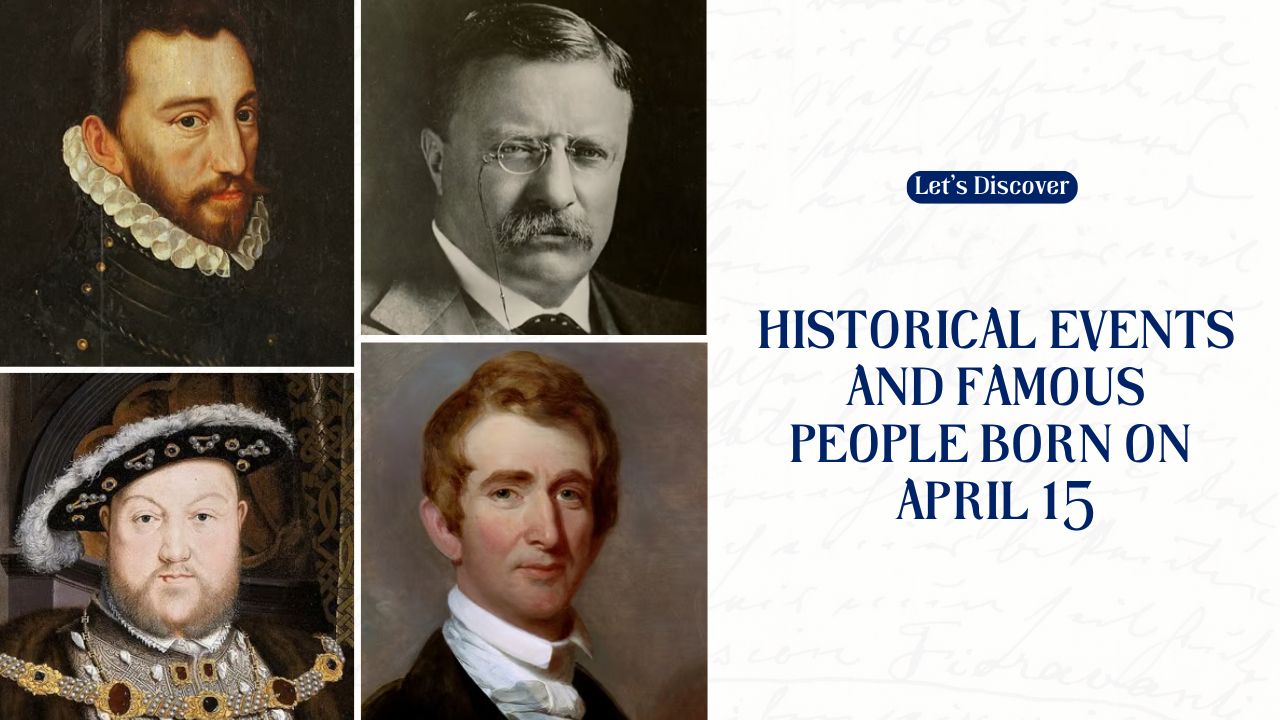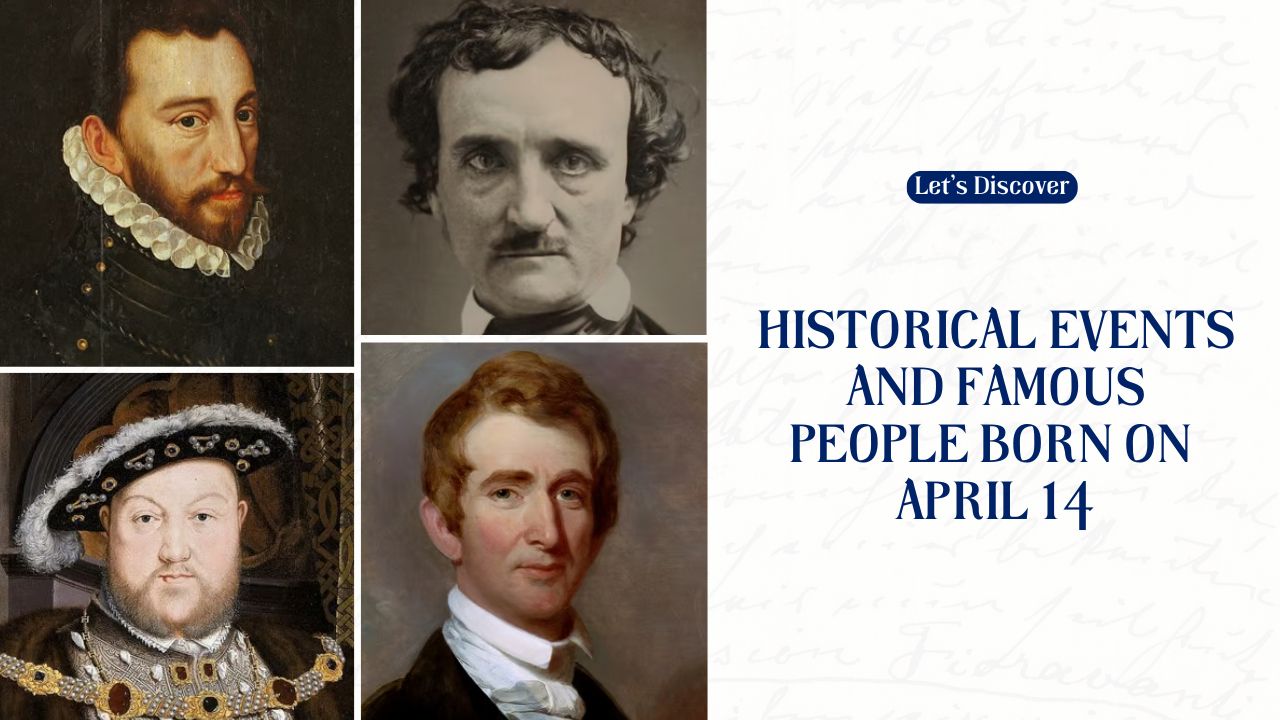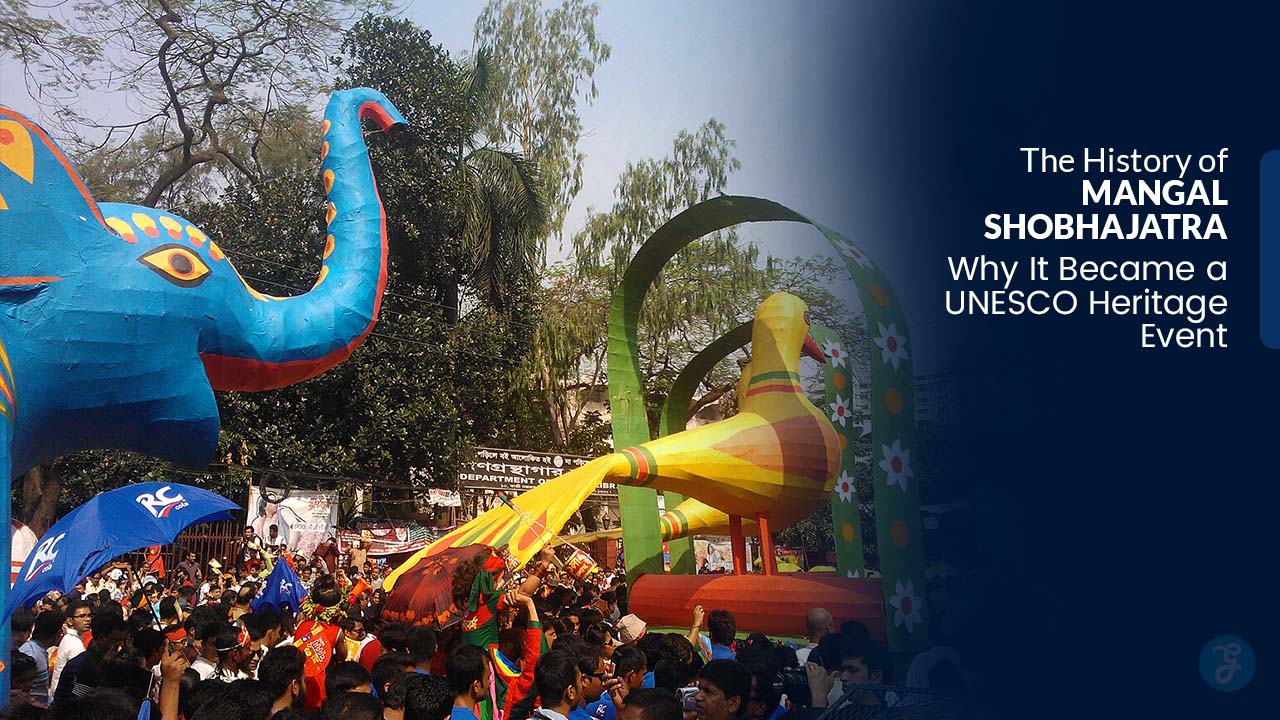June 26 is a day filled with important events and birthdays of notable people. This article will explore five key events that happened on this day and five famous people born on June 26. We’ll learn about kings, battles, awards, and people who made big changes in science, literature, and politics.
Historical Events on June 26
King Richard III Becomes King of England (1483)
On June 26, 1483, Richard, Duke of Gloucester, became King Richard III of England. This happened during a time of fighting called the Wars of the Roses. The Wars of the Roses was a long battle between two royal families, the House of Lancaster and the House of York, for the English throne.
Richard’s older brother, King Edward IV, had died earlier that year. Edward’s young son, Edward V, was supposed to be the next king. But Richard said that Edward V and his brother were not legal heirs because their parent’s marriage wasn’t valid. The English Parliament agreed with Richard, and he became king instead.
Richard III’s time as king was short and full of problems. He only ruled for two years before he was killed in battle. His death marked the end of the Wars of the Roses and the start of the Tudor dynasty. Even though he ruled for a short time, Richard III is still famous in English history. His body was found under a parking lot in Leicester, England, in 2012, which brought new interest to his story.
Christ’s Hospital Gets Its Charter (1553)
On June 26, 1553, King Edward VI gave a charter to Christ’s Hospital in London, England. This charter allowed the hospital to house and teach poor children. Christ’s Hospital was one of the first schools in England to offer free education to poor children.
The school was started to help solve the problem of poverty and homeless children in London. It gave these children a place to live, food to eat, and a good education. This was a big change because, before this, most poor children couldn’t go to school.
Christ’s Hospital is still running today, more than 460 years later. It has moved from London to Sussex, but it still follows its original goal of giving good education to children who need help. The school has taught many famous people over the years, including writers, scientists, and politicians.
Battle of Fleurus (1794)
The Battle of Fleurus happened on June 26, 1794, during the French Revolutionary Wars. In this battle, the French army, led by General Jean-Baptiste Jourdan, won a big victory against the Coalition Army. The Coalition Army included soldiers from Great Britain, Hanover, the Dutch Republic, and the Habsburg Empire.
This battle was important for a few reasons. First, it helped France take control of the Austrian Netherlands (now Belgium). Second, it showed that France’s new way of fighting, with large armies of citizen soldiers, could beat the professional armies of other European countries.
But what makes this battle really special in history is that it was the first time a hot air balloon was used to watch the enemy during a battle. The French used a balloon to look down on the Coalition Army and tell their generals where the enemy was. This was a big step forward in military technology and changed how wars were fought.
Ellen G. White’s Baptism (1842)
On June 26, 1842, Ellen G. White was baptized by John Hobart in Portland, Maine. This event was a turning point in her life and had a big impact on the Seventh-day Adventist Church.
Ellen G. White was born in 1827 and became a religious leader and writer. She helped start the Seventh-day Adventist Church and wrote many books about Christianity. Her baptism at age 14 was the start of her religious journey.
After her baptism, White said she had visions from God. These visions and her writings became very important to the Seventh-day Adventist Church. Her ideas about health, education, and spirituality still guide the church today. Even though some people disagree with her teachings, many see her as a prophet and an important figure in Christian history.
First Victoria Cross Recipients (1857)
On June 26, 1857, Queen Victoria gave the Victoria Cross to 62 men for their bravery in the Crimean War. The Victoria Cross is the highest award for valor in the British armed forces.
The Crimean War was fought from 1853 to 1856 between Russia and an alliance of Britain, France, and the Ottoman Empire. It was one of the first modern wars and was known for its harsh conditions and many casualties.
The Victoria Cross was created in 1856 to honor acts of bravery during the Crimean War. The first ceremony in 1857 set a standard for recognizing extreme courage in war. Some of the first recipients included:
- Charles Davis Lucas, who threw a live shell off his ship’s deck.
- William Peel, who picked up a live shell and threw it off his ship.
- Robert James Lindsay, who saved the colors (flag) of his regiment while wounded.
These awards helped create a tradition of honoring military bravery that continues today.
Famous Birthdays on June 26
Charles Messier (1730-1817)
Charles Messier was a French astronomer born on June 26, 1730. He is famous for creating a catalog of nebulae and star clusters, now called “Messier objects.”
Biography Table:
- Born: June 26, 1730, in Badonviller, France
- Died: April 12, 1817 (aged 86)
- Nationality: French
- Known for: Messier Catalog, comet discoveries
- Awards: Member of the French Academy of Sciences
Messier started as a comet hunter. While looking for comets, he often found objects that looked like comets but didn’t move. He began to list these objects to avoid confusing them with comets. This list became the famous Messier Catalog.
The Messier Catalog includes 110 objects, such as galaxies, nebulae, and star clusters. Today, amateur astronomers often try to see all the Messier objects as a challenge. Messier’s work helped later astronomers understand more about these deep-sky objects.
William Thomson, 1st Baron Kelvin (1824-1907)
William Thomson, later known as Lord Kelvin, was born on June 26, 1824. He was a brilliant scientist who made big contributions to many areas of physics.
Biography Table:
- Born: June 26, 1824, in Belfast, Ireland
- Died: December 17, 1907 (aged 83)
- Nationality: British
- Known for: Kelvin temperature scale, work on thermodynamics
- Awards: Royal Medal, Copley Medal, Order of Merit
Thomson’s most famous work was in thermodynamics, the study of heat and energy. He came up with the idea of absolute zero, the lowest possible temperature. The Kelvin temperature scale, which starts at absolute zero, is named after him.
He also worked on electricity and magnetism. Thomson played a key role in laying the first transatlantic telegraph cable, which allowed messages to be sent quickly between Europe and North America for the first time.
Bankim Chandra Chattopadhyay (1838-1894)
Bankim Chandra Chattopadhyay, also known as Chatterjee, was born on June 26 or 27, 1838. He was an important Indian writer who helped shape modern Bengali and Indian literature.
Biography Table:
- Born: June 26 or 27, 1838, in Naihati, India
- Died: April 8, 1894 (aged 55)
- Nationality: Indian
- Known for: Writing “Anandamath,” composing “Vande Mataram”
- Awards: Companion of the Order of the Indian Empire (CIE)
Chattopadhyay wrote the famous novel “Anandamath” in 1882. This book includes the song “Vande Mataram,” which became an important patriotic song during India’s fight for independence. The first two verses of “Vande Mataram” later became India’s national song.
He wrote many novels, poems, and essays in Bengali. His works often mixed Indian traditions with Western ideas, helping to create a new style of Indian literature. Because of his great influence, he is sometimes called the “Father of Indian Novels.”
Robert Borden (1854-1937)
Robert Borden was born on June 26, 1854. He became the 8th Prime Minister of Canada and led the country during World War I.
Biography Table:
- Born: June 26, 1854, in Grand Pré, Nova Scotia, Canada
- Died: June 10, 1937 (aged 82)
- Nationality: Canadian
- Known for: Prime Minister of Canada during World War I
- Political Party: Conservative
Borden became Prime Minister in 1911. When World War I started in 1914, he led Canada’s war effort. Under his leadership, Canada sent over 600,000 soldiers to fight, which helped establish Canada as an independent nation on the world stage.
After the war, Borden represented Canada at the Paris Peace Conference. He insisted that Canada sign the Treaty of Versailles separately from Britain, which was a big step towards Canadian independence.
Pearl S. Buck (1892-1973)
Pearl S. Buck was an American writer born on June 26, 1892. She is best known for her novels about life in China.
Biography Table:
- Born: June 26, 1892, in Hillsboro, West Virginia, USA
- Died: March 6, 1973 (aged 80)
- Nationality: American
- Known for: Novel “The Good Earth,” writings about China
- Awards: Pulitzer Prize (1932), Nobel Prize in Literature (1938)
Buck grew up in China, where her parents were missionaries. Her experiences there inspired many of her books. Her most famous novel, “The Good Earth,” won the Pulitzer Prize in 1932. It tells the story of a Chinese farmer and his family.
In 1938, Buck became the first American woman to win the Nobel Prize in Literature. The Nobel committee praised her for her “rich and truly epic descriptions of peasant life in China.”
Besides writing, Buck was also known for her humanitarian work. She spoke out for women’s rights and racial equality. She also founded Welcome House, an adoption agency that found homes for mixed-race children.
Takeaway
June 26 is a day that has seen many important events and the births of influential people. From changes in royal power to advances in warfare, from great scientific discoveries to powerful literature, the events and people of June 26 have shaped our world in many ways.
The stories of these events and people remind us how one day can be connected to so many important parts of history. They show us how actions and ideas from the past continue to affect our lives today.
By learning about these historical events and famous birthdays, we can better understand our world and the people who helped shape it. It encourages us to think about how we, too, can make a positive impact on the world around us.
References:
- “Richard III: The King in the Car Park.” University of Leicester, 2013.
- “Our History.” Christ’s Hospital, 2021.
- Crowdy, T. “The French Revolutionary Wars.” Osprey Publishing, 2001.
- Numbers, R. L. “Prophetess of Health: A Study of Ellen G. White.” Wm. B. Eerdmans Publishing, 2008.
- “The Victoria Cross.” The National Archives (UK), 2021.
- Gingerich, O. “The Eye of Heaven: Ptolemy, Copernicus, Kepler.” American Institute of Physics, 1993.
- Smith, C., & Wise, M. N. “Energy and Empire: A Biographical Study of Lord Kelvin.” Cambridge University Press, 1989.
- Chatterjee, B. “Bankim Rachanabali.” Sahitya Samsad, 1969.
- Brown, R. C. “Robert Laird Borden: A Biography.” Macmillan of Canada, 1975.
- Conn, P. “Pearl S. Buck: A Cultural Biography.” Cambridge University Press, 1996.


